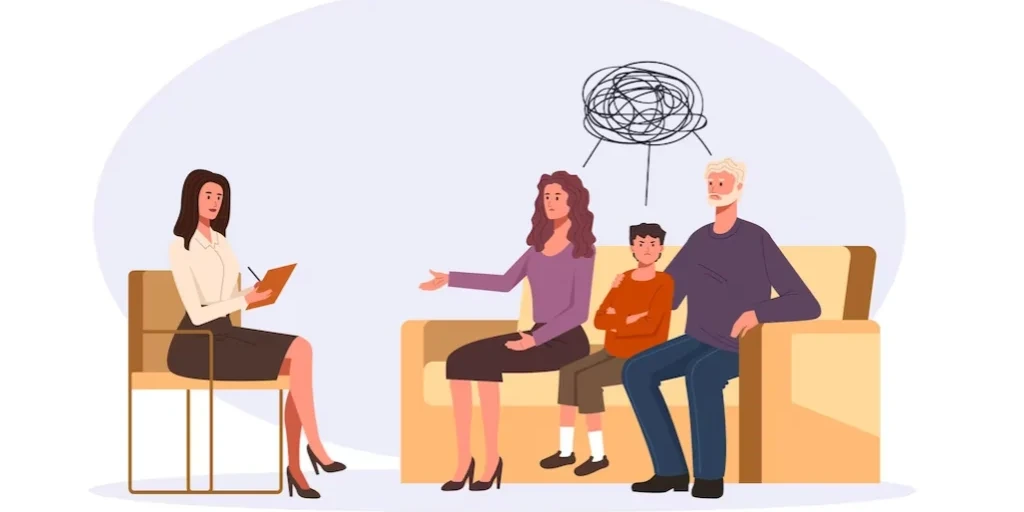24/7 Helpline:
(866) 899-221924/7 Helpline:
(866) 899-2219
Learn more about Cocaine Rehab centers in Greenbelt
Cocaine Rehab in Other Cities

Other Insurance Options

Humana

EmblemHealth

MHNNet Behavioral Health

Amerigroup

CareSource

UnitedHealth Group

American Behavioral

Molina Healthcare

State Farm

Carleon

United Health Care

WellCare Health Plans

Premera

UMR

Medical Mutual of Ohio

Magellan Health

CareFirst

Optum

Magellan

Sliding scale payment assistance
















